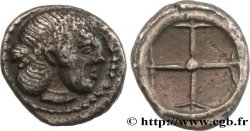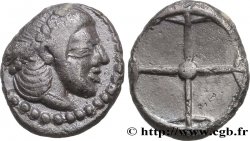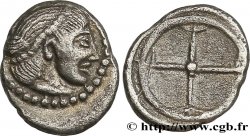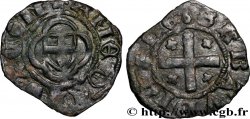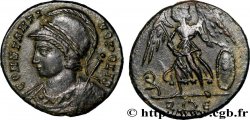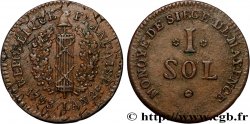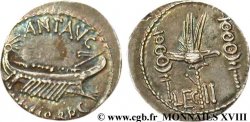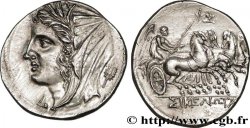v38_0066 - SICILY - SYRACUSE Tétradrachme
MONNAIES 38 (2009)
Starting price : 450.00 €
Estimate : 750.00 €
unsold lot
Starting price : 450.00 €
Estimate : 750.00 €
unsold lot
Type : Tétradrachme
Date: c. 480-475 AC.
Mint name / Town : Syracusa
Metal : silver
Diameter : 22,5 mm
Orientation dies : 9 h.
Weight : 17,13 g.
Rarity : R2
Emission: groupe 3, série 11
Coments on the condition:
Exemplaire sur un petit flan épais, un peu court au droit, mais néanmoins bien centré avec un très beau portrait de style archaïque. Frappe un peu brouillée au droit sur le bige. Revers de style fin bien venu à la frappe. Recouvert d’une très belle patine gris foncé de collection ancienne avec des reflets dorés
Catalogue references :
Obverse
Obverse legend : ANÉPIGRAPHE.
Obverse description : Bige au pas à droite, conduit par un aurige tenant les rênes et le kentron ; le bige est couronné par Niké volant à droite.
Reverse
Reverse description : Tête d'Aréthuse à droite, les cheveux relevés et retenus par un diadème de perles, entourée de quatre dauphins.
Reverse legend : SURA-KOSION
Reverse translation : (de Syracuse).
Commentary
Mêmes coins que les exemplaires du trésor de Randazzo (NS. 18, p. 66, n° 410-414, pl. 16, Boehringer 245). Coin bouché derrière les chevaux au droit. Cassure de coin visible sur le cou d’Aréthuse.
Same dies as the examples in the Randazzo treasure (NS. 18, p. 66, no. 410-414, pl. 16, Boehringer 245). Dice filled behind the horses on the obverse. Dice break visible on Arethusa's neck
Same dies as the examples in the Randazzo treasure (NS. 18, p. 66, no. 410-414, pl. 16, Boehringer 245). Dice filled behind the horses on the obverse. Dice break visible on Arethusa's neck








 Report a mistake
Report a mistake Print the page
Print the page Share my selection
Share my selection Ask a question
Ask a question Consign / sell
Consign / sell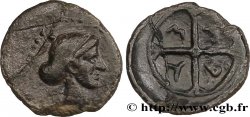
 Full data
Full data